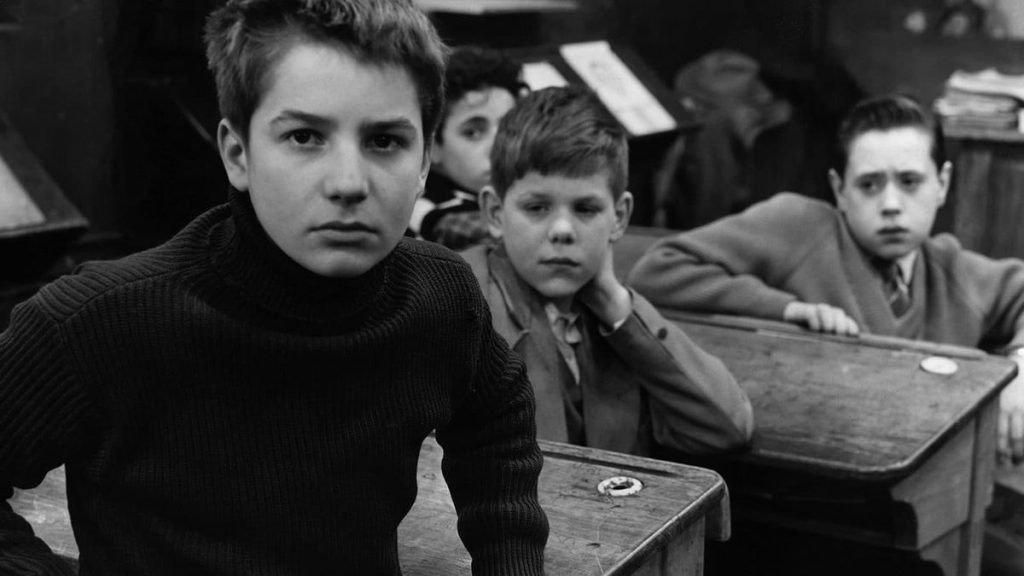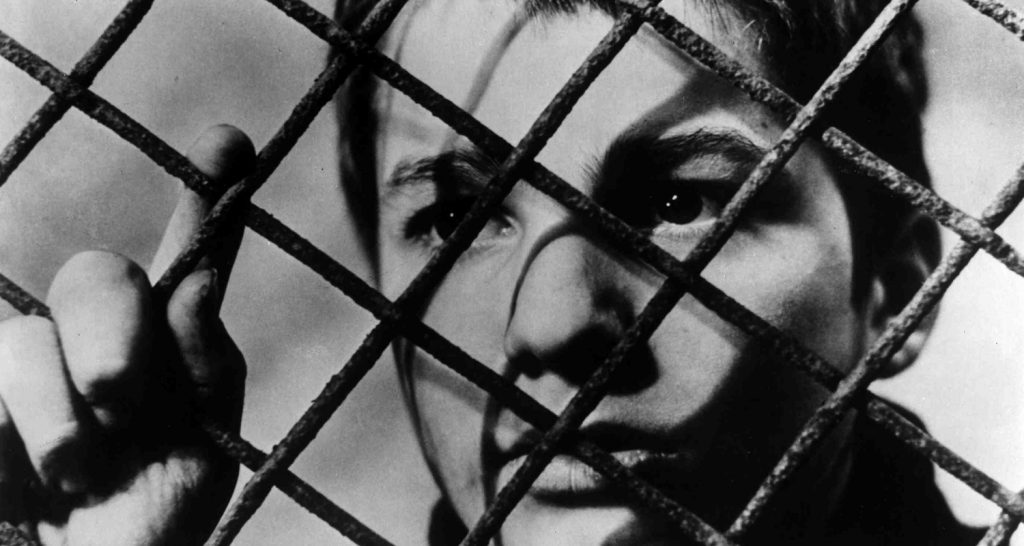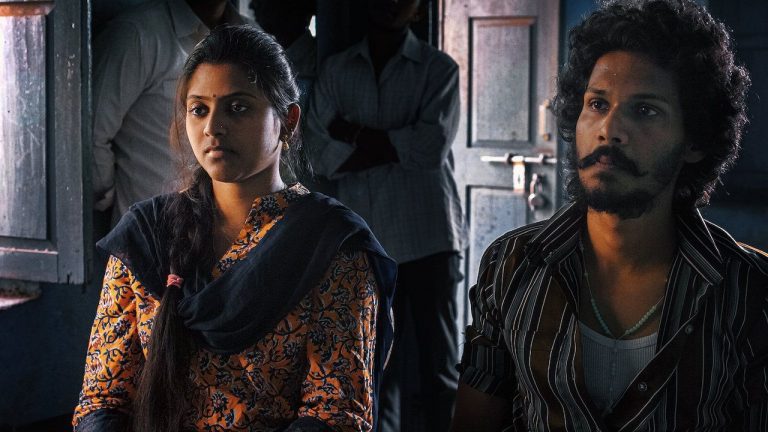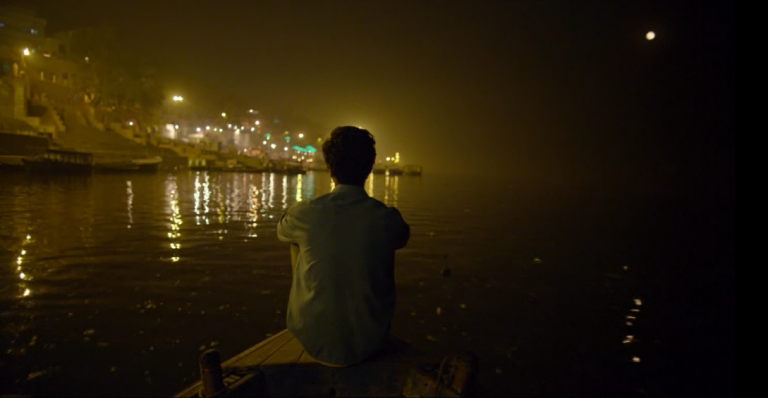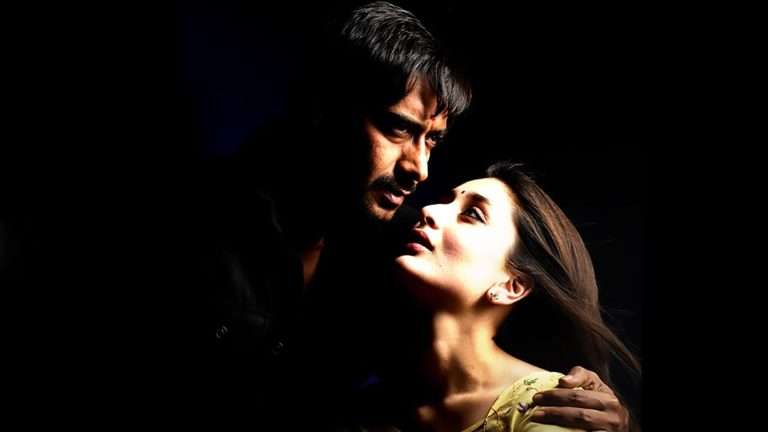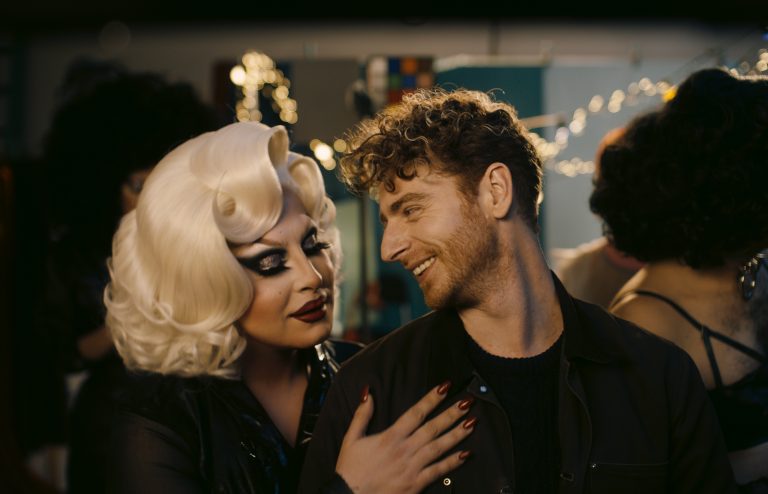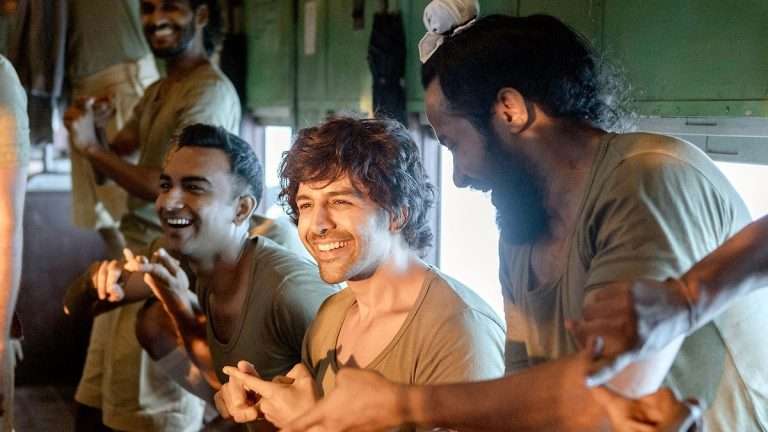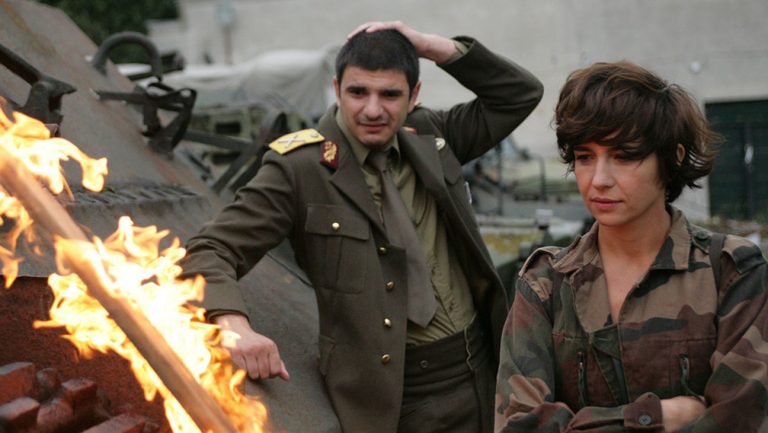An Essay on How ‘The 400 Blows’ is an unconventional film in its narration: For the context of classical conventions of narration we would prefer to follow the characteristics of Classical Hollywood Narration as described by David Bordwell, Janet Staiger and Kristin Thompson in “The Classical Hollywood Cinema” (1985).
Major points of classical Hollywood narratives are:
• Classical narration usually begins before the action does. As in the case of John Ford’s ‘stagecoach’ where the film begins with running horses along with stagecoaches as a part of title card. This initiates the perspective of plot development.
• Beginning is generally accompanied with some music which creates ambience of the audience for the film. It may also be a theme music which would be recurred in the later film. Music also guides the audience’s response, musical accompaniment functions as continuity in case of narration. Musical accompaniment has provided cinemas with the most overt continuity factor.
• According to Bordwell, audiences are introduced to several hypotheses, in classical Hollywood. These create the scope of anticipation of future plot by the audience. But the audience is unable to confirm the probability among the several hypotheses. In this way classical narrative, simultaneously creates curiosity and also contains the audience through several surprises of systematic and continued narration.
• Classical narrative of Hollywood films maintains the continuity through a chain of events related by cause and effect. This is called causality. Bordwell also mentioned, “As Loos and Emerson put it, the action must begin ‘with the story itself and not with the history of the case which leads up to the story.”
• Furthermore, Bordwell states: “We could follow Hollywood’s lead and simply label such ‘motivated’ narration invisible.” Which Noel Burch states as “Zero-degree style of filming.”
Upon the foundations of classical conventions of narration as discussed by critics, let us move on to the analysis of “The 400 blows”.
Usage of a hand-held camera in the opening sequence creates a jerky effect in contrast to the steady camera movements in case of the beginnings in classical Hollywood films. As in Billy Wilder’s “Lost Weekend”, the audience views the cityscape in the opening sequence. Camera continues to pan till it reaches the protagonist’s window, the point where the plot begins to unfold. Whereas, in “The 400 Blows”, hand-held camera shot doesn’t lead to any specific location related to the plot of the film. So, the opening sequence of 400 Blows is neither placed with steady movement nor leads to the plot.
During the sequence of recess (break-time) in Antoine’s school each and every student is allowed to go out. Antoine Doinel being punished stays back. He scribbles on the wall. Camera cuts to children playing outside. Camera cuts back to Antoine inside the classroom, he mutters. Then his Monologue is heard when visuals of children playing outside is shown. This approach clearly breaks the concept of continuity editing, a major instrument of Classical Hollywood.
Marion Michael starter “Liane” (L’esclave Blanche)’s film poster is shown when camera tilts down to show Antoine and his friend leaving a cinema hall seeing a sexually explicit film, which might be of great interest for boys of their age. Then there is a sharp pan as the both school bunkers are seen on a different pavement as they approach another cinema hall showing “Terreur a Shanghai”. In this sequence references of films are shown, which is not common in Classical Hollywood. Along with the sharp Pan Antoine and his friend are displaced from one position to another. This is a deviation from continuity editing of Classical Hollywood.
Inter-cut between shot and counter shot is very common in classical Hollywood. But those shots are objective in general. In, The 400 Blows, inter-cut between Objective and Subjective Point-Of-View (POV) shots in the ‘wheel of death’ rotation sequence is shown which isn’t familiar in classical Hollywood Films. Rene and Antoine, having decided to skip school for the day, go to different places to spend time. After watching a couple of movies, they arrive at a circus tent. Antoine goes inside the rotating wheel along with some others, whereas Rene looks downward. As the wheel gains momentum and speeds up, the camera shows Antoine in Objective POV, how he is trying to accommodate with velocity of the circular movement and then cuts to Antoine’s subjective POV where Rene and other spectators are shown staring at Giant Whirl.
There is another instance of such a shift in objective and subjective POV’s, when Antoine looks towards the street from the prison van. His father has taken him to the police station for stealing the type-writer from his office. Antoine is taken to the court after being kept in lockup for the night. During the journey in the police van along with thieves and prostitutes, he looks from behind the bars of the prison van. Camera in objective POV shows Antoine; tears rolling down his cheek then cuts to his subject POV, as he is looking at the empty streets.
Also Read: The 400 Blows: Cinema in The First Person Singular
Antoine is seen approaching school from a street after he and Rene have discussed about the excuse to be told to the teacher for the absence last day. However, the classmate who went to his home to complain about him; precisely who has been in the previous scene enquiring about Antoine’s absence to his parents, approaches from another street, with the help of a pan. This kind of camera movement seems quite un-conventional according to classical Hollywood’s way of looking into cinematic elements and hence is not seen in classical Hollywood films.
Use of top-long shot in the sequence where the Physical Trainer (or Le Professeur De Gym, according to the title card) takes the boys out of the school campus for a stroll. Pupils start to flee as soon as the procession exits from the school compound. Until the end of the sequence only two students are left behind the teacher as the scene dissolves into the next where Antoine is seen reading Balzac. Classic Hollywood pattern of shot-taking never allows such perpendicular camera placement, if even such kind of shot is used. It would have been done, in case of a portrayal of a sniper on top of a building. But, Francois Truffaut uses his camera fluidly to show the bunch of students in the streets, who are disappearing in nooks-and-corners of the setting as they are uninterested in drills.
In another sequence Antoine is seen reading Balzac, camera cuts to a page of the novel, as he reads the famous utterance of Archimedes:”Eureka! I have found it”. In this particular scene, the camera shows Antoine lying on a sofa and puffing a cigarette. Then the camera cuts onto what he is reading. There is a shot, where the whole screen is shown covered with the portion Antoine is reading. In, Classical Hollywood mode of narration this wouldn’t have been shown because this piece doesn’t comprehend the building up of the plot.
In the interrogation scene the camera dissolves several times. As the audience sees Antoine answering the questions asked to him. But the camera never cuts back to the person who asks the questions. There are several dissolves in between the questions and the answers. If this film had been made following norms of Classical Hollywood Narration, cameras remaining static at a position for so long at a particular place wouldn’t have been permitted. There would be some intercuts. Here camera shows Antoine’s face in mid-close shot where his facial expressions are shown vividly along with his hand movement.
Related Read: The 400 Blows [1959]: An unsentimental film about adolescence
After Antoine flees from the football ground, in the juvenile correctional home, the camera tracks forward and follows him. There isn’t a single inter-cut in the whole sequence as the camera follows the boy. Hollywood classical cinema never holds a camera for such a long time, almost eighty seconds long. It would cut from Antoine running in a mid-long shot-to his feet-to the passing scenarios to kill the boredom of the spectators. But Truffaut lets the camera follow the running boy.
For some time the camera shows natural scenarios, as Antoine walks towards the sea-beach. When camera pans from Antoine running into the shore, then camera cuts to the vastness of the sea beach. Antoine is totally absent in this panning shot. The pan shot shows the sea. Primarily Antoine’s footsteps are heard but it soon disappears as the non-diegetic background score heightens and sets the mood for the climax. This irregular pattern of shot talking isn’t used in Classical Hollywood Narration, where the protagonist is taken off the screen just before climax.
His escapade is not only from the correctional home, but he tries to escape from his existing societal system. Though his problems or causes of alienation are not specified either through the narration or through the building up of his character, yet his attitude shows some apathy towards existing norms, in school and even at home. Antoine runs away from his correctional home, and his escape seems to morph into something else; without an immediate pursuer, it becomes an intuition, or premonition, of the lonely long-distance run he has endured and will continue to endure. This type of adolescent crisis and alienation is not generally used in plots of Classical Hollywood Films.
The last sequence, culminating in Antoine’s arrival at a vast lonely shore and freezing at the end, raises various questions. He is seen running down towards the sea but after a few steps comes back or is compelled to come back. He turns around. Then he looks straight towards the camera. At this point the camera zooms into his face, and then freezes. His arrival to a vast deserted sea beach expresses primarily a feeling of liberation, may be from urban society or from man-made discipline, et cetera. His turning towards the camera signifies either his compulsion to return or new search begins in the backdrop of vast nature. The freeze-shot may signify, distinguishing him from the nature or suspended condition of his search for desired life.
The film indicates or shows certain social aspects. But in Classical Narration, social aspects generally appear only as a backdrop of plot. Film’s narrative moves forward focusing on the protagonist, excluding social perspectives in the long run. The school where Antoine studies shows children of varied habits and types. But tend to meet at a point, i.e. alienation. They don’t comprehend what they are being taught. Students are seen imitating the teacher, cat calls are heard. A boy called Abu intentionally tears the pages of his exercise book in order to get exempted from copying down what is being taught. Calendar page possessing a picture of a semi-nude woman is being circulated. It is even evident as Rene and Antoine decide to bunk school. Academics are least important to people of Antoine’s social milieu as his mother says “I know they teach a lot of useless stuff in school. Algebra…science, nobody uses that stuff in real life. But what about French?” This represents contemporary social contradictions. Later Antoine states to his counsellor in the juvenile correctional home that he doesn’t wish to lie. But his parents don’t believe him, when he tells the truth. Hence he restores to lying.
There has been a considerable amount of gap between the child and parents. His Mother being his biological mother is least bothered about him, she is busy with her life. She is trying to earn more so that they can live at ease. His father has given “his name” not being his biological father but tries to be friendly with him.. When Antoine’s is left alone at night, he steals a bottle of milk from the stack which was left out open without any security, which may have been a social custom of those days when people had faith in others. There are also some shots of a correctional home. These are different social aspects of that period, as spelled by the teacher Sourpuss, “Ten years from now, France will be in a sorry state”. This became a prophetic statement by the filmmaker.
Though the film ‘The 400 Blows’ follows a narrative pattern, it deviates in respect of classical conventions of narration in some above mentioned points.

